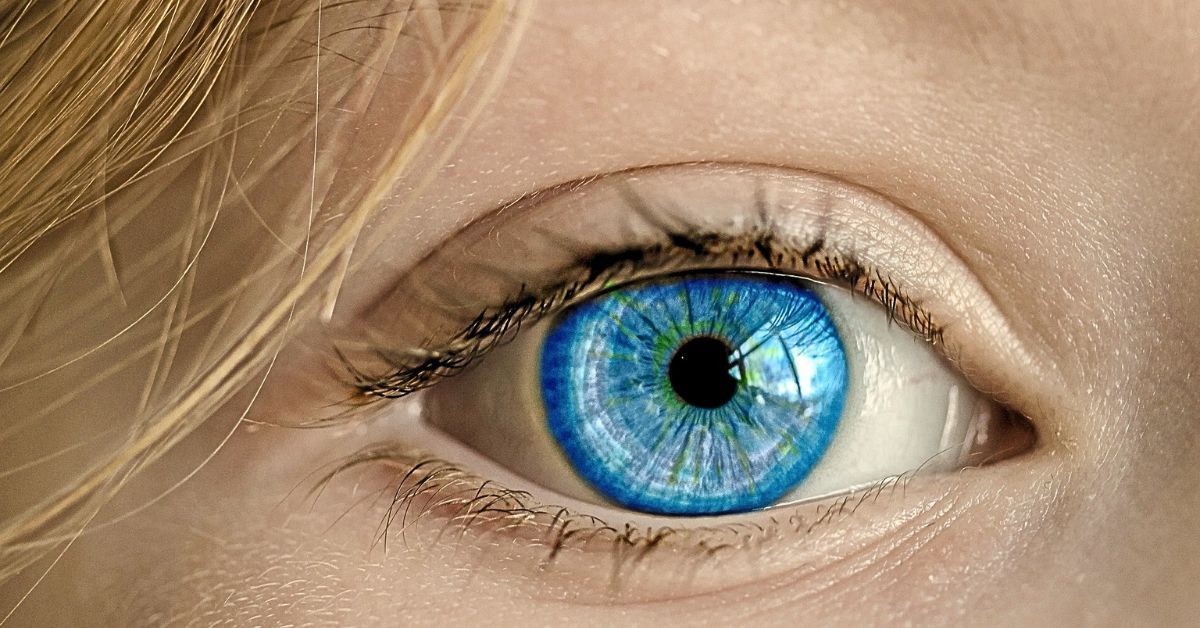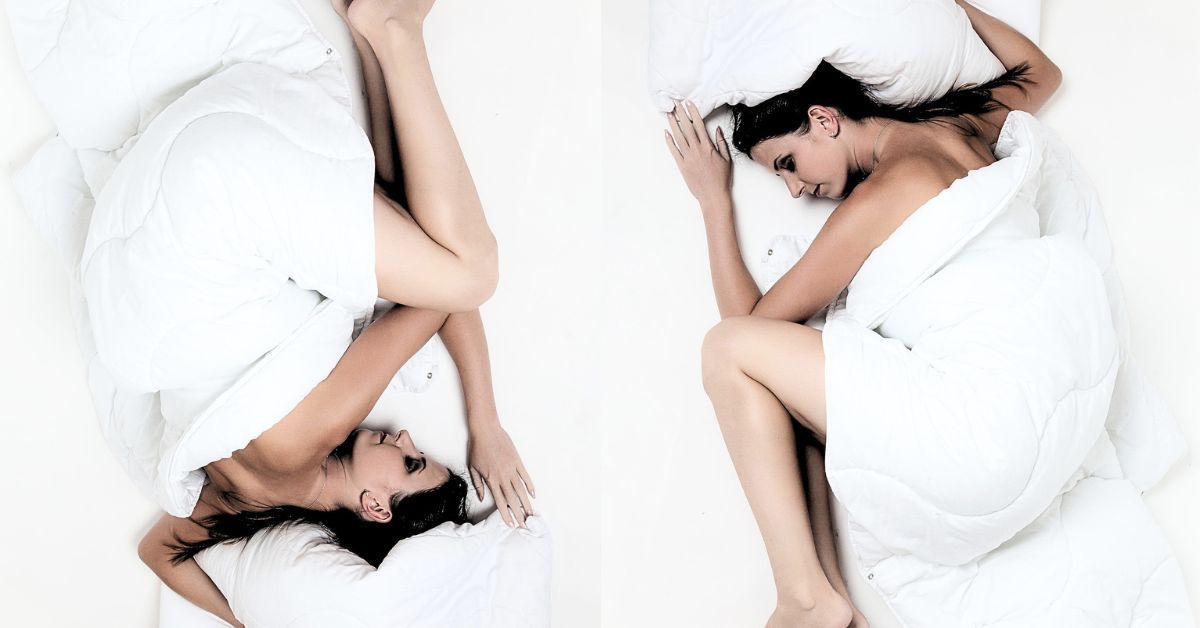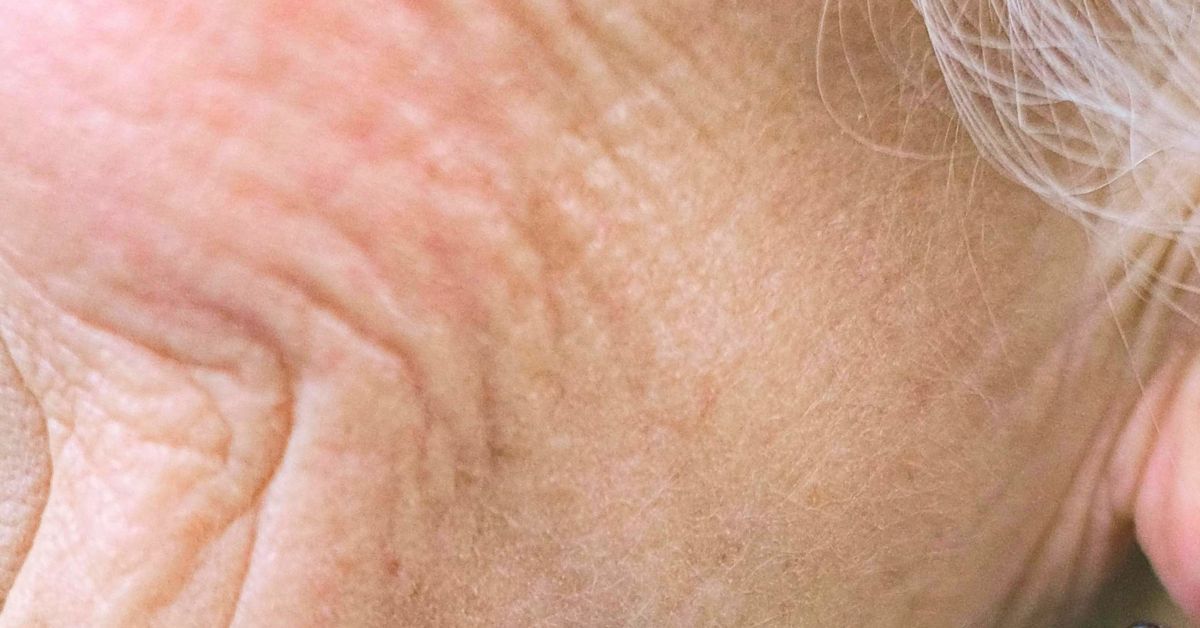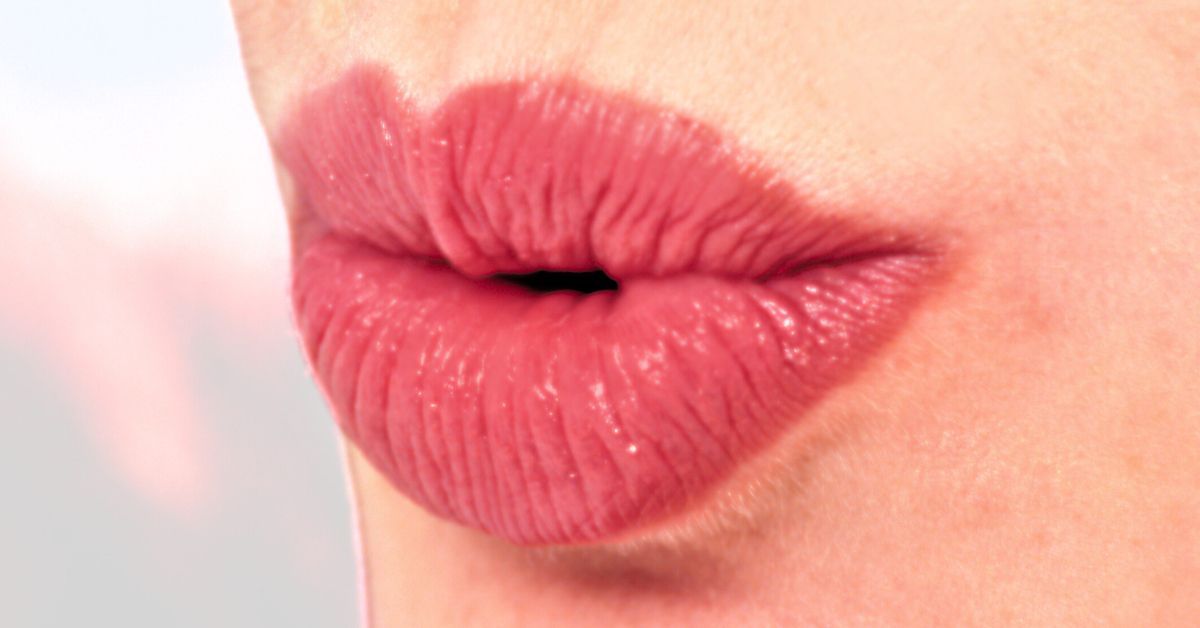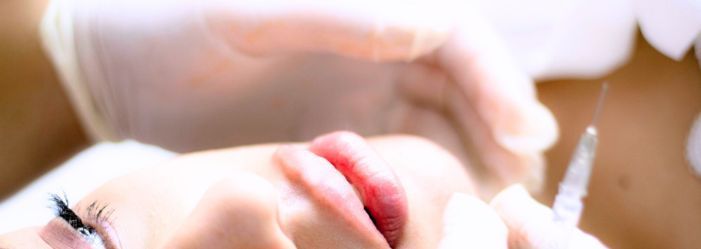What are sleep lines?
Have you ever woken up in the morning and noticed those fine lines and wrinkles on your face that seem to have appeared overnight? If so, you might be experiencing what are commonly referred to as "sleep lines." These lines are the result of the way your face interacts with your pillow during sleep. In this blog, we'll delve into the causes of sleep lines, ways to prevent them, and treatment options to maintain a youthful appearance.
What are sleep lines?
Sleep lines, also known as sleep wrinkles, are lines and creases that develop on your skin due to the repetitive pressure and friction that occurs while you sleep. They typically appear on your face and can become more prominent over time. Unlike some other types of wrinkles, sleep lines are caused by mechanical stress rather than the natural ageing process.
Causes of sleep lines
Several factors contribute to the development of sleep lines:
- Sleeping Position: The way you sleep can significantly impact the formation of sleep lines. People who predominantly sleep on their sides or stomach are more likely to experience sleep lines because the pressure and friction against the pillowcase create creases on their skin.
- Pillow Material: The type of pillow you use can also play a role. Pillowcases made of rough or non-breathable fabrics can cause more friction and contribute to the formation of sleep lines. Additionally, feather pillows tend to compress more under pressure, potentially leading to deeper lines.
- Age: As we age, our skin loses elasticity and collagen, making it more susceptible to creasing. Over time, sleep lines can become more noticeable and harder to eliminate.
Prevention of sleep lines
Preventing sleep lines is preferable to treating them after they've formed. Here are some strategies to help minimise sleep lines:
- Sleep on Your Back: The best way to prevent sleep lines is to sleep on your back. This position reduces the contact between your face and the pillow, minimising the formation of creases.
- Silk or Satin Pillowcases: Switching to a silk or satin pillowcase reduces friction and allows your skin to glide smoothly, reducing the risk of sleep lines.
- Wrinkle-Preventing Pillows: Some specialty pillows are designed to reduce pressure and prevent sleep lines. Examples include memory foam pillows and pillows with contour designs.
- Skincare Routine: A consistent skincare routine that includes moisturising and applying a quality anti-ageing cream can help maintain skin elasticity and reduce the appearance of sleep lines.
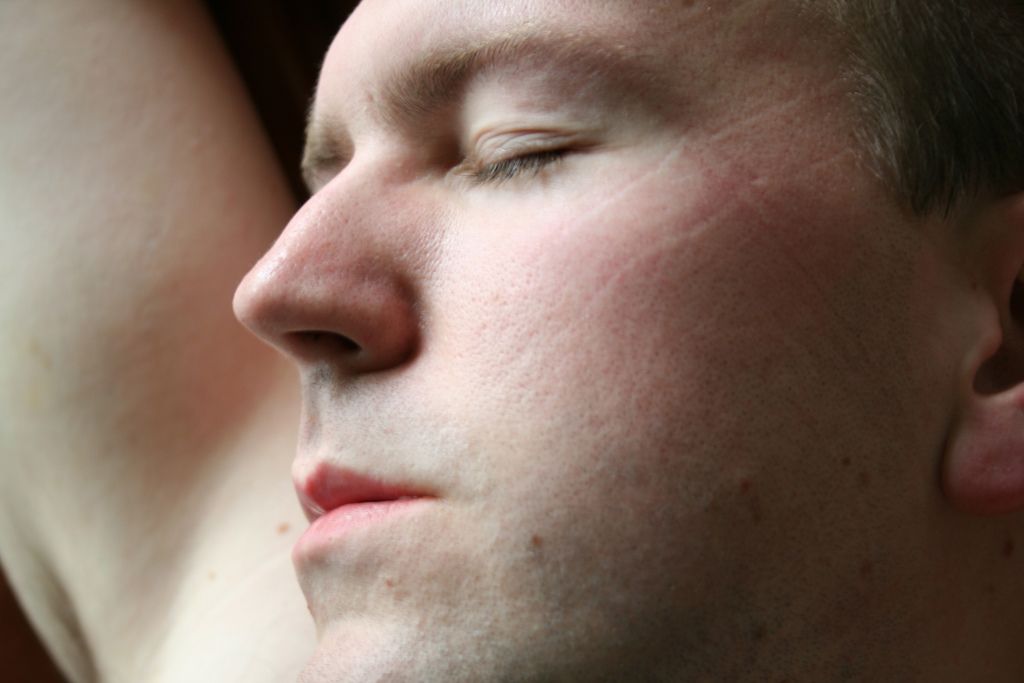
Treatment options for sleep lines
If you've already developed sleep lines and want to minimise their appearance, here are some treatment options:
- Topical Products: Look for skincare products with ingredients like retinoids, hyaluronic acid, and peptides, which can help improve the appearance of sleep lines.
- Microdermabrasion and Chemical Peels: These treatments can help improve the overall texture and appearance of your skin, including sleep lines.
Skin Rejuvenation in Leeds
Sleep lines are an unwanted side effect of sleep position and pillow material, but they can be managed and minimised with proper prevention and treatment strategies. By choosing the right sleeping position, pillowcase, and skincare routine, you can help maintain a youthful appearance and reduce the impact of sleep lines on your skin. If sleep lines are a concern for you, consult with our dermatologist or skincare professional for personalised advice and treatment options.
We are dedicated to providing you with the highest quality care and achieving optimal results. Book in for an appointment to see how we can help with your concerns.



